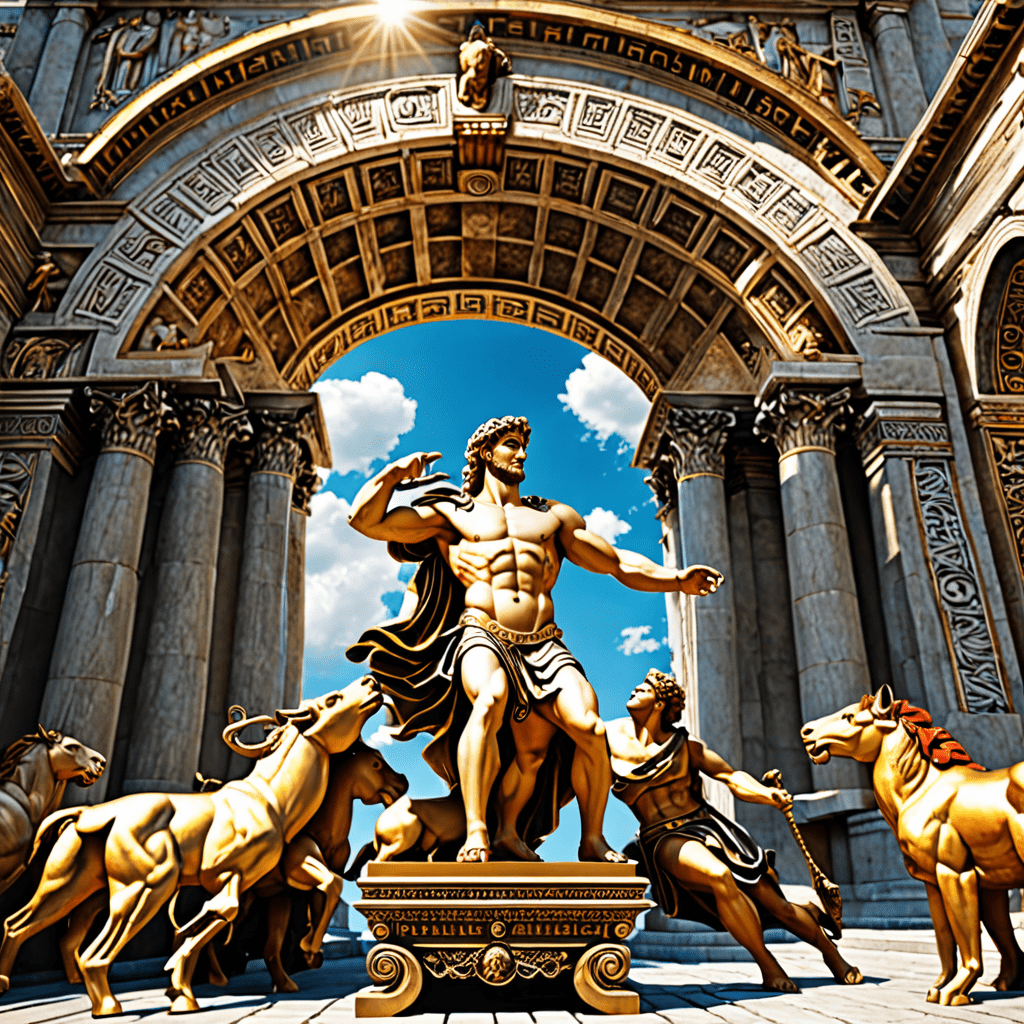Baba Yaga in Ukrainian Folklore: A Distinct Perspective on the Hag
I. Introduction
Baba Yaga is one of the most iconic figures in Slavic mythology, often depicted as a fearsome hag who lives in a hut that stands on chicken legs. This enigmatic character has intrigued scholars and storytellers alike, embodying a complex mix of attributes that range from malevolent to benevolent. The purpose of this article is to delve into the unique perspective of Baba Yaga within Ukrainian folklore, highlighting the distinct traits and narratives that set her apart from her Slavic counterparts.
II. Origins of Baba Yaga in Slavic Mythology
The legend of Baba Yaga has deep historical roots in Slavic culture, with references appearing in tales as far back as the 16th century. Her character varies significantly across different Slavic nations, yet several key elements remain consistent.
- Historical Roots: Baba Yaga is believed to have originated from ancient Slavic beliefs in nature spirits and the duality of life and death.
- Variations: While she is commonly portrayed as a witch in Russian folklore, Ukrainian traditions emphasize different aspects of her character.
- Key Characteristics: Baba Yaga is often described as having iron teeth, a bony leg, and a penchant for flying through the air in a mortar, wielding a pestle.
III. The Ukrainian Interpretation of Baba Yaga
In Ukrainian folklore, Baba Yaga takes on unique traits and stories that reflect the cultural and social values of the region.
- Unique Traits: Unlike in other cultures, Ukrainian tales often portray her as a figure of wisdom, possessing knowledge of herbs and healing.
- Villain and Helper: Baba Yaga embodies both villainous and helpful characteristics. She may challenge heroes in their quests but can also provide them with crucial advice or magical items.
- Cultural Significance: In Ukraine, Baba Yaga is often seen as a guardian of the forest, representing the wild and untamed aspects of nature.
IV. Baba Yaga’s Role in Ukrainian Folktales
Baba Yaga appears in numerous folktales, each illustrating different moral lessons and themes.
- Common Narratives: Stories often feature Baba Yaga as a gatekeeper, testing the protagonist’s worthiness through various tasks.
- Moral Lessons: Through her challenges, tales convey messages about bravery, cunning, and respect for nature.
- Comparisons: Baba Yaga is often compared to other folkloric figures like the benevolent goddess Mokosh, illustrating the duality present in Ukrainian mythology.
V. Symbolism and Themes Associated with Baba Yaga
Baba Yaga is rich in symbolism, with themes that resonate deeply within Ukrainian culture.
- Representation of Nature: Baba Yaga symbolizes the untamed forces of nature, embodying both its beauty and its dangers.
- Feminine Archetypes: She represents various feminine archetypes, from the wise old woman to the fierce protector, highlighting the complexity of female roles in society.
- Duality of Fear and Respect: In Ukrainian culture, Baba Yaga evokes both fear and respect, embodying the idea that one must navigate both the light and dark aspects of life.
VI. Artistic Representations of Baba Yaga
The artistic portrayal of Baba Yaga has evolved over time, reflecting changing societal views.
- Traditional Art: In folklore, she is often depicted in folk art, illustrations, and traditional stories which emphasize her mystical qualities.
- Modern Adaptations: Baba Yaga has made her way into contemporary media, including literature, film, and art, often reinterpreted to fit modern narratives.
- Influence on Culture: Her character continues to inspire artists and storytellers, influencing a new generation’s understanding of folklore.
VII. Baba Yaga in Modern Ukrainian Society
In contemporary Ukrainian society, Baba Yaga remains a relevant figure in cultural discourse.
- Relevance in Cultural Discussions: She is often referenced in discussions about women’s roles, power dynamics, and cultural heritage.
- Symbol of Empowerment: Many view Baba Yaga as a symbol of female empowerment, representing resilience against patriarchal norms.
- National Identity: As a central figure in Ukrainian folklore, Baba Yaga plays a role in the preservation of national identity and cultural heritage.
VIII. Conclusion
Baba Yaga holds a significant place in Ukrainian folklore, serving as a complex character that embodies various themes and cultural values. Her evolution from a fearsome hag to a figure of empowerment reflects the changing dynamics of society. The impact of Baba Yaga on cultural heritage continues to be profound, ensuring that her stories will resonate for generations to come.
